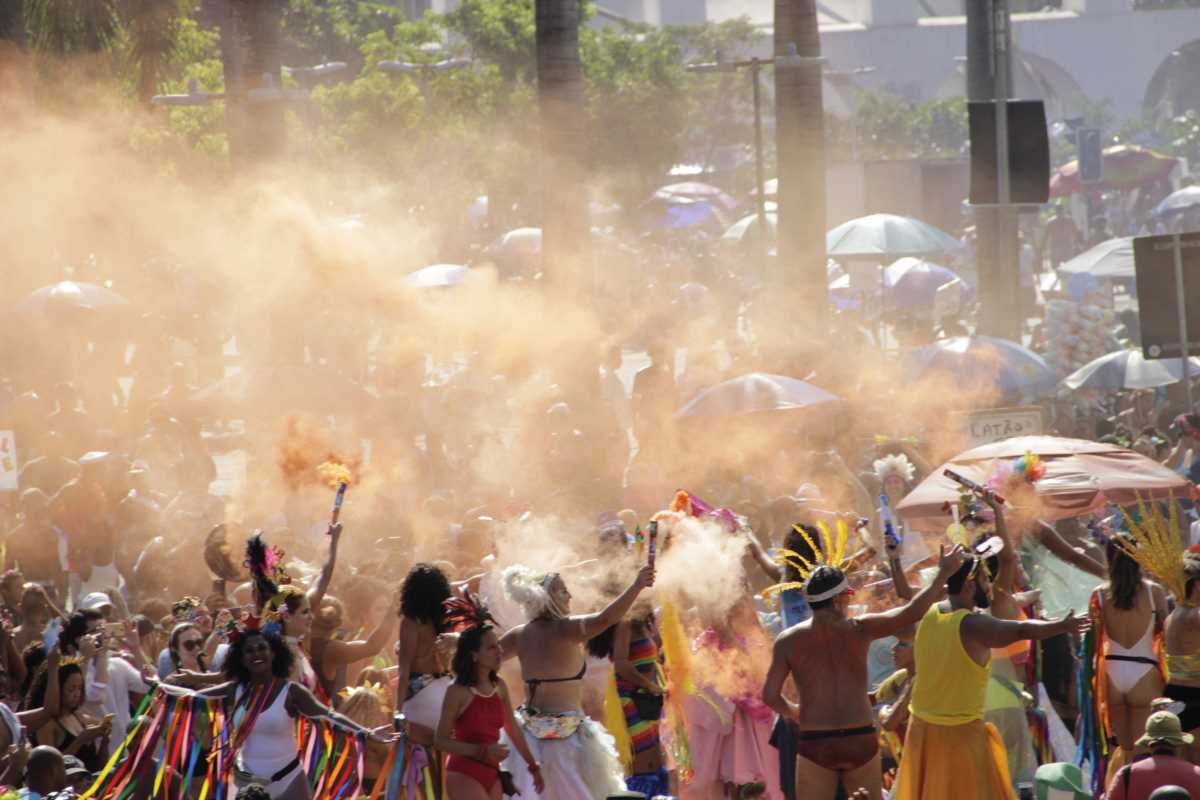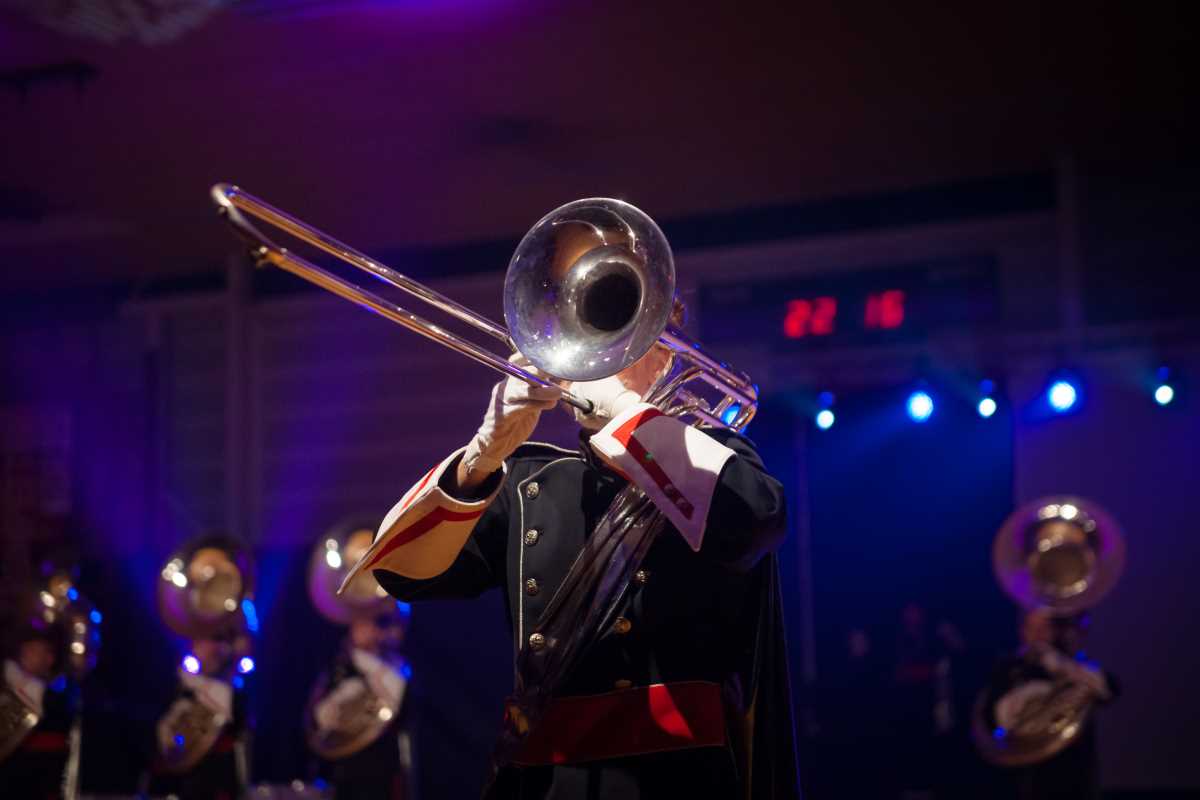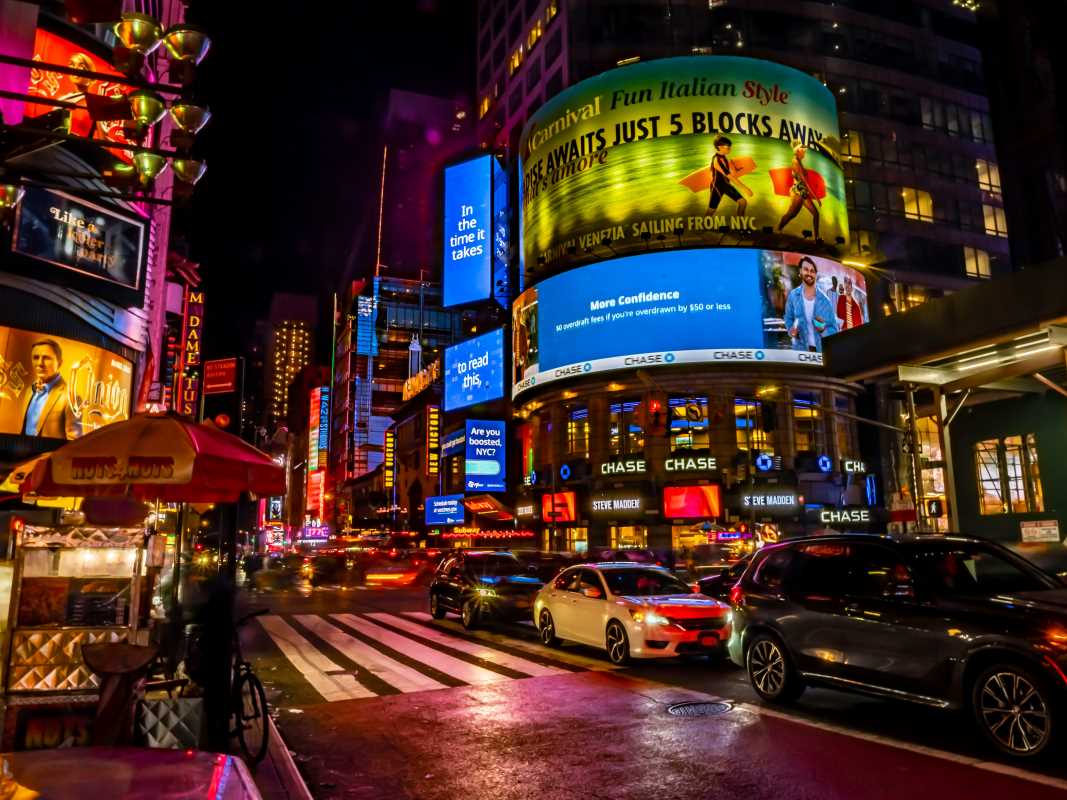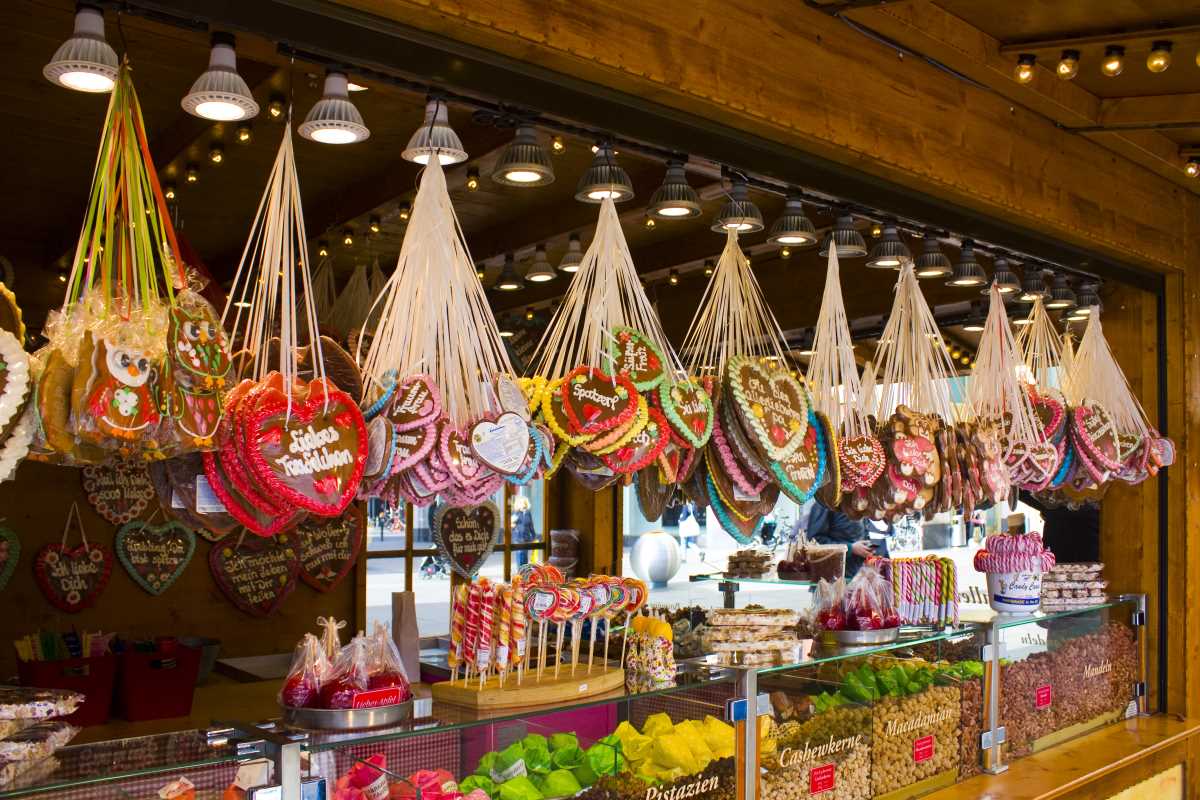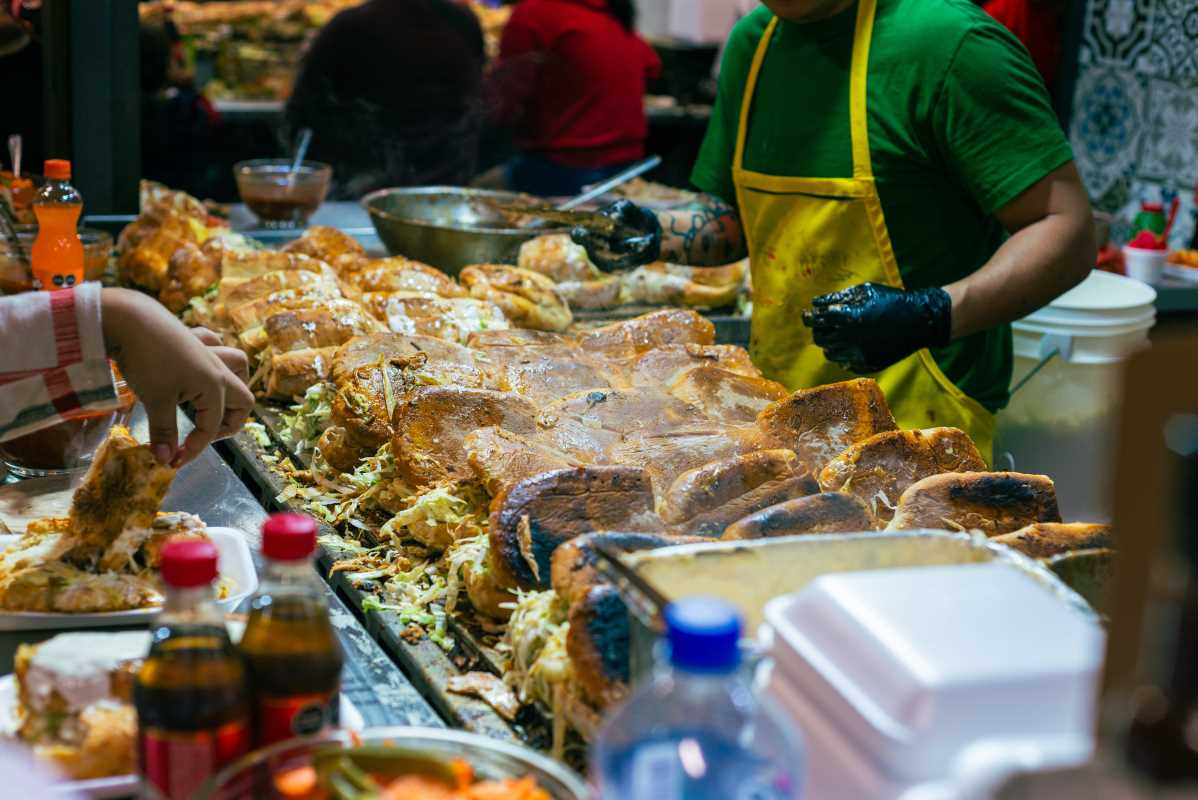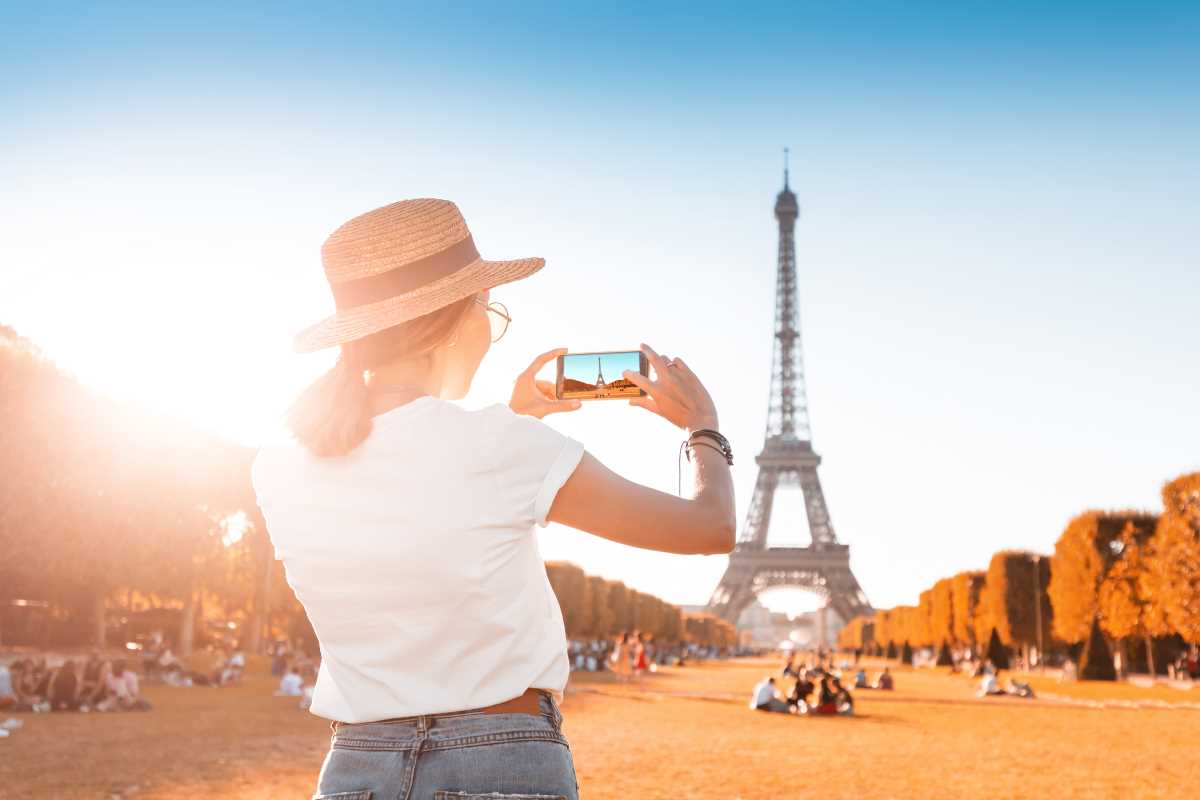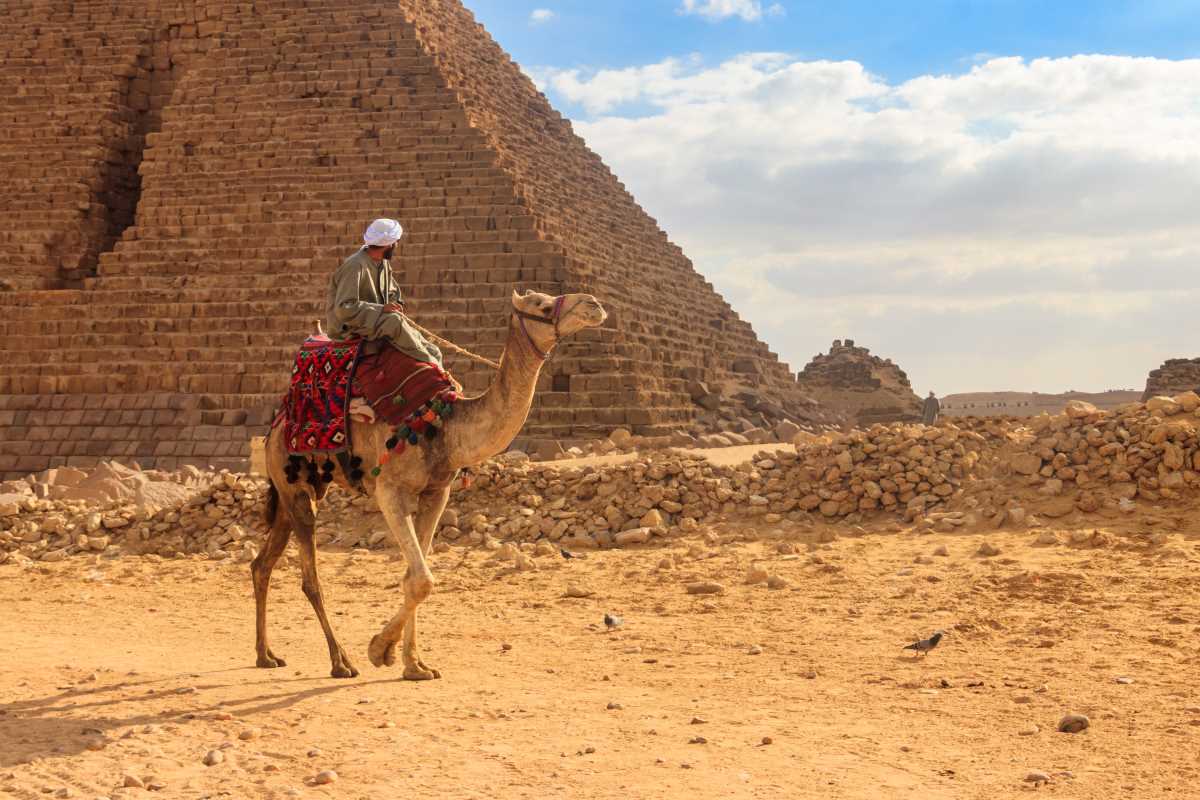Buenos Aires pulses with the passionate rhythm of tango. This iconic dance is more than a performance, but it’s the soul of the city, played out in historic dance halls, colorful streets, and lively neighborhoods. Experiencing authentic tango is a must for any visitor. Get ready to discover the difference between a tourist show and a genuine milonga, learn the etiquette of the dance floor, and find the best spots to watch or even learn a few steps yourself. Let's dive into the captivating world of tango in Buenos Aires.
The Heartbeat of Tango: Key Neighborhoods
Tango was born in the working-class port neighborhoods of Buenos Aires in the late 19th century. Its story is woven into the fabric of the city, and a few key areas remain central to its culture today.
La Boca
Famous for the Caminito, a vibrant street museum filled with brightly colored houses, La Boca is where many visitors first encounter tango. Here, you’ll find dancers performing in the streets for crowds, offering a lively and picturesque introduction to the dance. While highly photographic, these are primarily street performances for tourists.
San Telmo
As the city's oldest neighborhood, San Telmo’s cobblestone streets and colonial architecture create a timeless backdrop for tango. On Sundays, the famous San Telmo Market fills Plaza Dorrego, where professional and amateur dancers often perform in the open air. The area is also packed with historic tango venues and bars.
Palermo
This trendy, sprawling neighborhood offers a more modern take on tango. Palermo is home to many popular prácticas (tango practices) and alternative milongas that attract a younger, more contemporary crowd. It's a great place to see how tango continues to evolve.
Understanding the Tango Scene: Shows, Milongas, and Prácticas
To truly experience tango, it helps to know the different ways you can engage with it. Each setting offers a unique atmosphere and perspective.
Tango Shows
These are polished, theatrical productions designed for tourists. They often include dinner and feature professional dancers performing choreographed routines that tell the story of tango.
- What to Expect: High-energy performances, dazzling costumes, and live orchestras.
- Best for: A spectacular, entertaining evening that provides a great overview of tango's history and drama.
- Popular Venues: Rojo Tango, Esquina Carlos Gardel, Señor Tango.
Milongas
A milonga is a traditional tango dance hall where locals go to dance. This is where you will find the most authentic expression of tango as a social dance. The focus is on connection, improvisation, and community, not performance.
- What to Expect: A social, often crowded dance floor where couples move counter-clockwise. There is a strict code of conduct.
- Best for: Observing the true culture of tango or participating if you are a dancer.
- Popular Venues: Salón Canning, La Viruta, El Beso.
Prácticas
A práctica is a practice session. These are more informal than milongas and are designed for dancers of all levels to work on their steps, try new moves, and learn from each other.
- What to Expect: A relaxed, workshop-like atmosphere. It’s less about formal dancing and more about learning and experimenting.
- Best for: Beginners who want to practice without the pressure of a formal milonga.
How to Attend a Milonga Respectfully
Attending a milonga is a highlight for any tango enthusiast, but it's important to understand the etiquette. These unspoken rules, or códigos, guarantee a smooth and respectful experience for everyone.
The Cabeceo and Mirada
This is the traditional way to invite someone to dance. Dancers make eye contact across the room (mirada). If the invitation is accepted, a subtle nod (cabeceo) is exchanged. The man then walks to the woman’s table to escort her to the dance floor. Never walk up to someone’s table and ask them to dance verbally. If you are observing, avoid prolonged eye contact with dancers to prevent confusion.
Dress Code
While there’s no strict uniform, people at milongas dress smartly.
- For Men: Dress pants and a collared shirt are standard. Leather-soled shoes are preferred for dancing.
- For Women: A dress, skirt, or elegant pants are appropriate. Dance shoes are common, but any comfortable heel or flat with a smooth sole works. Avoid sneakers and flip-flops.
Dance Floor Etiquette
- The dance floor has a "line of dance" that moves counter-clockwise.
- Faster, more experienced dancers usually take the outside lane.
- Do not walk across the dance floor; walk around the perimeter.
- Music is played in sets of 3-4 songs called tandas. It is customary to dance the entire tanda with one partner. A short musical interlude called a cortina signals the end of the tanda.
Beginner Tango Classes
Inspired to try it yourself? Buenos Aires is the best place in the world to learn. Many schools offer drop-in beginner classes.
- Group Classes: A fun and social way to learn the basic steps. Schools like La Viruta Tango Club and DNI Tango offer classes for all levels every night.
- Private Lessons: For more personalized instruction, a private lesson can help you progress quickly. Most instructors offer one-on-one sessions.
- Cost: Expect to pay around $10-$20 USD for a group class and $50-$100+ for a private lesson.
Tango All Year: The Mundial de Tango
If you visit in August, you’ll be in town for the Mundial de Tango, the world's largest international tango competition. The two-week festival features free concerts, classes, and milongas all over the city, culminating in a grand finale where the world champions are crowned. It's an incredible celebration of tango culture.
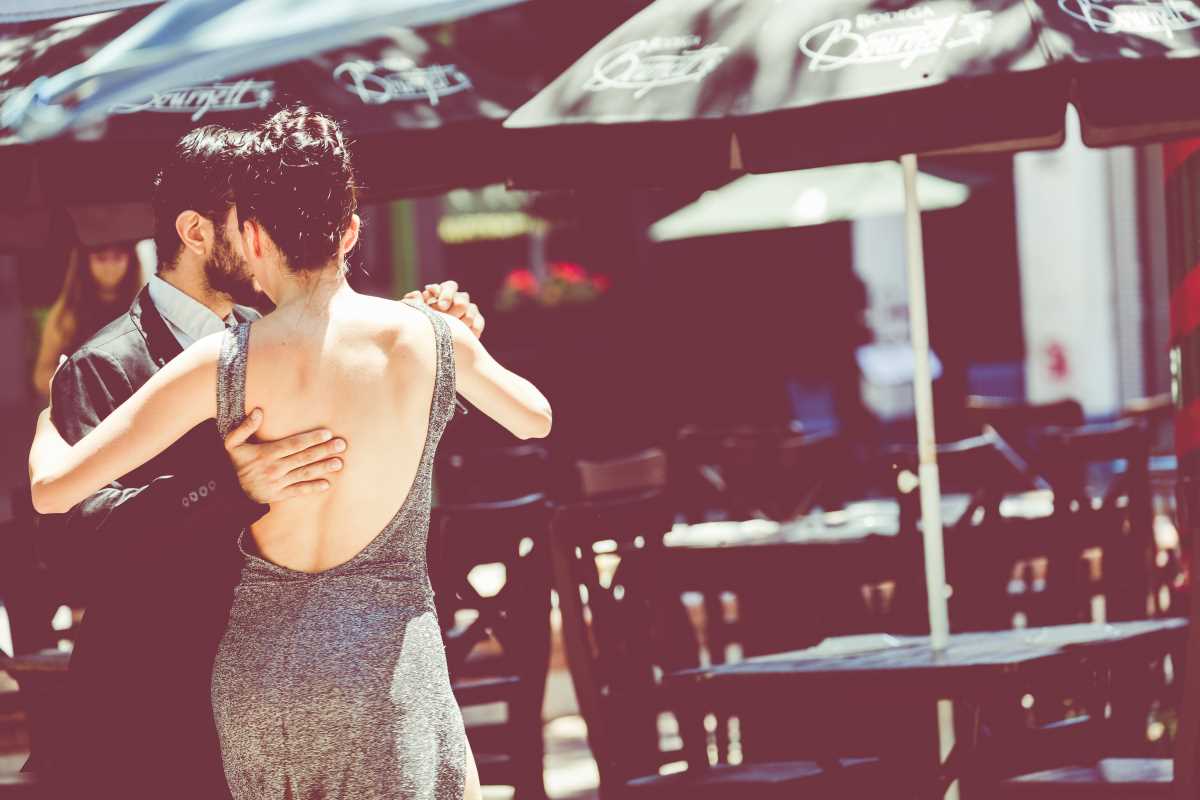 (Image via
(Image via